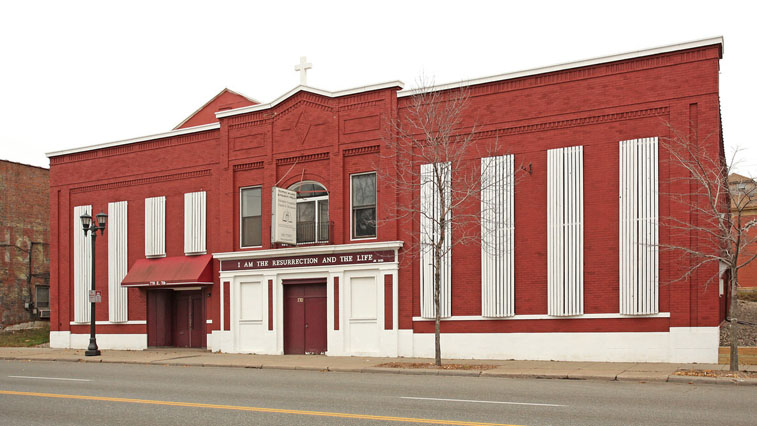Cabaret – St. Paul
This venue was located at 770 E. Seventh Street (at Eichenwald) in St. Paul.
In April 1906 the Dayton’s Bluff Commercial Club moved into what had been the Mayhall residence. It was described as “an imposing brick and stone mansion.” (Minneapolis Journal, April 5, 1906)
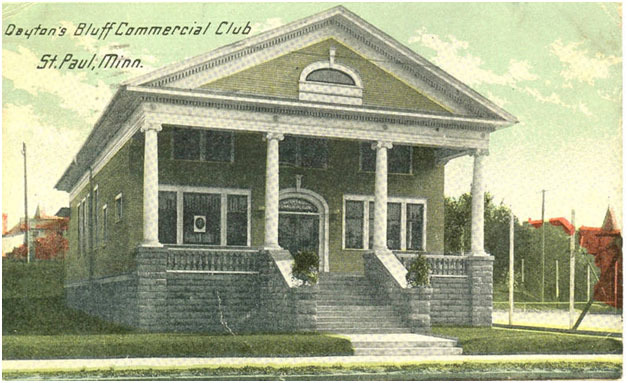
Postcard dated 1913, courtesy Minnesota Historical Society via St. Paul Historical
According to an article by Steve Trimble at St. Paul Historical, over the years the Commercial Club expanded the building to include a bowling alley, private dining rooms, a men’s smoking room, a billiard area, and a banquet hall and dance floor.
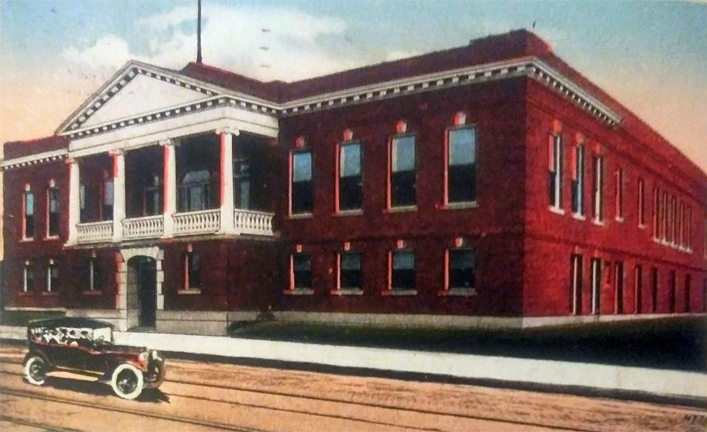
Dayton’s Bluff Commercial Club – Image Courtesy John Kass
References to the club in the Minneapolis papers lasted into the 1950s.
THE CABARET
Bob Mecay opened this venue in the spring of 1968: “Newest and Largest Sports and Entertainment Spot in the Midwest.”
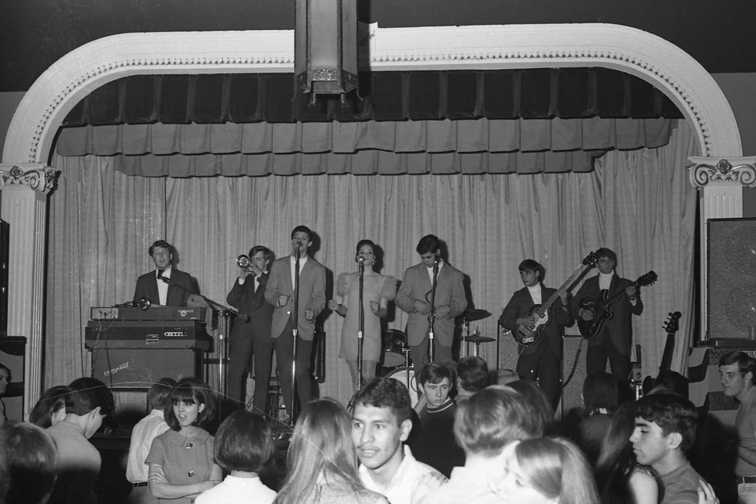
The Perspectives at the Cabaret, April 5, 1968. Photo copyright Mike Barich, St. Paul
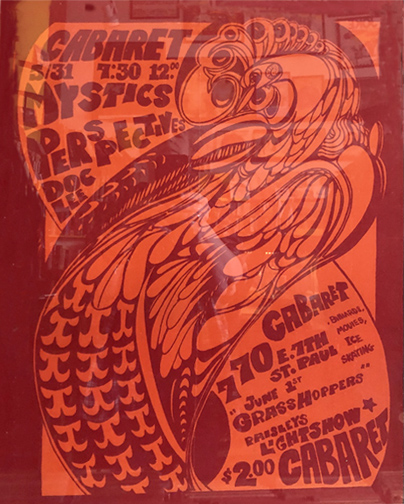
Poster from the collection of Mark Freiseis
On discount night, Musicians got 50 cents off the admission price.
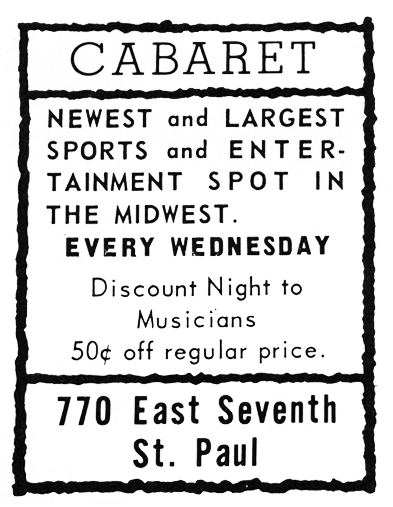
Ad from the Insider, August 3-10, 1968
It was ages 18+ on Fridays in January 1969 and offered ice skating on an indoor ice rink.
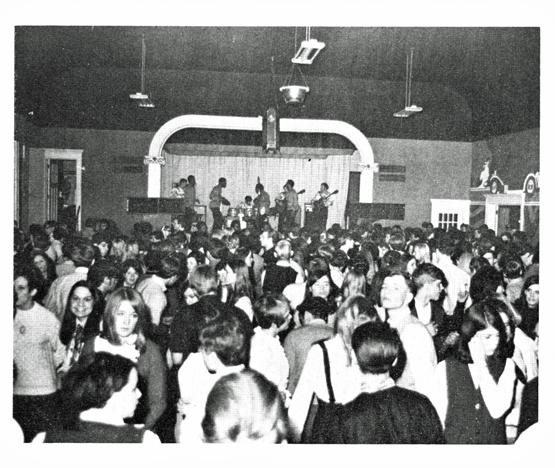
Showtime at the Cabaret. Photo by John Gilbreath, Insider, January 1969.
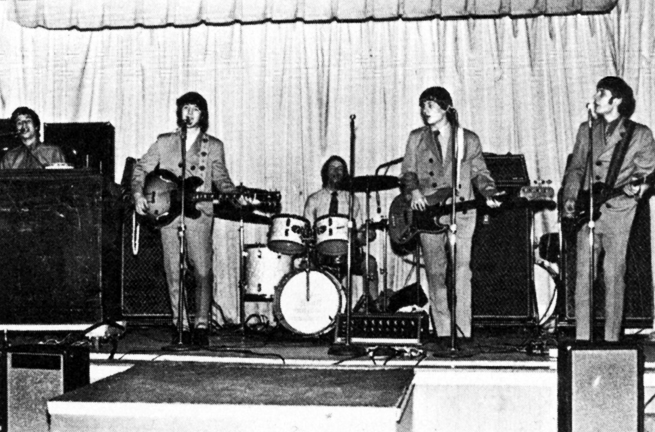
The Bananas at the Cabaret. Photo by Mike Barich, Insider, April 1969.
THE BANK
Bob Mecay changed the name of the Cabaret to The Bank in 1969.
WORM CITY U.S.A.
In a surprising turn of events (see what I did there?), in February 1978, the building (or at least part of it) became the site of Worm City U.S.A., a worm farm owned by Bob Amos of St. Paul. Apparently a couple of get-rich-quick worm dealers had hit town, promising people that they could start worm farms with a modest investment and make lots of money selling their worms for bait and such. The state was shutting the shysters down, but not before one of them, “Wormworld,” sold a package deal to Mr. Amos in the fall of 1977. Amos had started growing his worms in the basements of a couple of homes before he moved his operation into “an old lodge hall.” By April 1978 he had 220 wooden crates containing about 4 million worms.
The Minneapolis Star reported that “Amos has yet to sell a worm, but he said he has been concentrating on building up his stock. Amos said he will package 1,000 worms in each bag and he will advertise on radio to try to sell them to home gardeners.” (April 13, 1978)
THE BUILDING TODAY
As of 2020, the building is the home of the Ethiopian Evangelical Church. John Kass notes that much of the exterior entrance and overhang was removed to accommodate widening of 7th Street.
